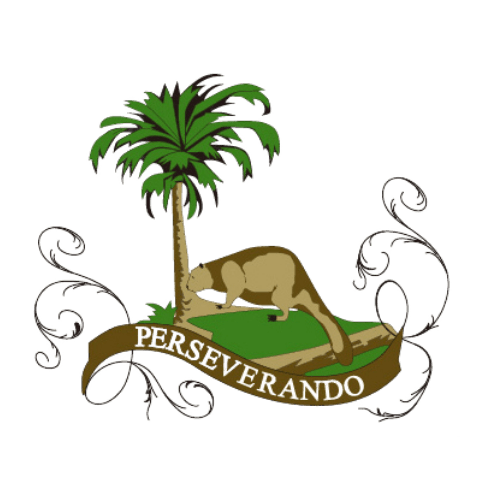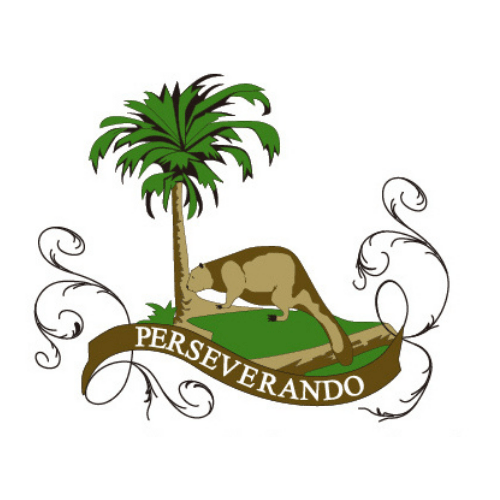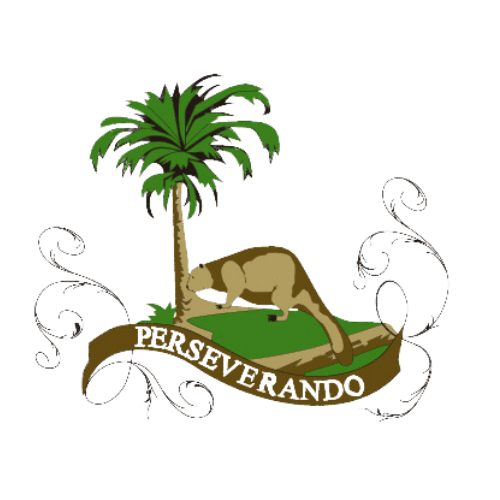Banastre Tarleton
Loyalists and Banastre Tarleton’s British Legion
The British Legion was an elite British provincial regiment established during the American Revolutionary War, composed of British Loyalist American infantry and dragoons. It was the Green Horse, and the Green Dragoons after the British officer who led most of its day-to-day activities, Lieutenant Colonel Banastre Tarleton, and the green uniform coats of its officers. It was a unit the size of a regiment, consisting of artillery, cavalry, and light infantry, and able to operate independently.
Of all the loyalists who fought in the War of the American Revolution none were more famous in their day than those who formed the British Legion, generally known as Tarleton's Legion. By all accounts, British and American, this was the best led, the most enduring, the most dashing, the most relentless, and on the whole the most successful of the Loyalist regiments, and for all these reasons it was the one most feared and hated by rebels. To this day in the Carolinas and Virginia the exploits of Tarleton's Legion are folklore.
Recruited to full strength the Legion mustered a total of 606 officers and men, grouped in 5 companies of infantry and 6 companies of dragoons. The chosen uniform was a short green jacket with a black roll collar, white buckskin breeches, with black riding boots for the cavalry or long black gaiters for the infantry. The headgear was a black leather cap, hard and polished with a glazed leather peak in front. The dragoons were armed with sabre and pistol, the infantry carried a light musket with the usual cross-belts holding bayonet and cartridge box.
As the British forces went into winter quarters in the autumn of 1778, Sir Henry Clinton considered the possibilities of a campaign in Georgia and Carolina, where there was no cold weather to hinder movement, where a large portion of the population was known to be loyal, and where a strong diversion might tempt Washington to divide his army. The British troops could be moved easily back and forth by sea, but the American regulars would have to march the whole way south by the poor country roads.
In February, 1780, the troops disembarked in South Carolina thirty miles from Charleston. Tarleton set about the remounting of his cavalry, and it was not long before his dragoons were re-equipped.
The numbers of Tarleton's Legion varied with the dispositions of Cornwallis and the fortunes of war. For a considerable period Clinton attached to Tarleton one of his finest regiments, the 17th Dragoons. The 71st Highlanders also were attached to the Legion for a great part of the campaign. At times, swelled by the influx of Loyalist recruits from South and North Carolina, the Legion itself numbered close to 2,000. At other times, decimated by battle and by fever in the unhealthy river country of the South, it mustered no more than 150 men, horse and foot.
Charleston surrendered on May 11th, 1780. There was a general impression that the Loyalists of Carolina, known to be numerous, could and would flock now to the King's colours and raise a mighty storm on the southern flank of the rebellion.
This optimism was unjustified. The Loyalist districts in the Carolinas in most cases were cut off from the coast by districts populated with ardent rebels, while behind them lay a mountain region full of frontiersmen bred to warfare from birth, well armed and frequently well mounted, and possessed of a hatred for the down-country planters that went back to old grievances and jealousies having nothing to do with British allegiance.
Some in South Carolina were able to withdraw to the protection of Cornwallis's army or to small armed posts like Ninety Six and Hanging Rock which Cornwallis established for their defence. Those in North Carolina had no such opportunity. Untrained, badly led, in many cases utterly unarmed, their attempts to gather and march to Cornwallis resulted in massacre and destruction, and their families were visited by the rebels with a savage cruelty.
Desperate and embittered Loyalists who did manage to escape the slaughter joined the ranks of Tarleton's Legion or some other Loyalist corps under Cornwallis. The task confronting Cornwallis was daunting. With his 6,000 troops and two or three batteries of field artillery he was expected to hold Georgia, stamp out the fiery rebel element in South Carolina, and extend protection and assistance to the loyalists of North Carolina. The roads were merely wagon tracks, choked with dust in the burning summer heat or rivers of mud.
Cornwallis rightly decided that his only hope lay in keeping his small force mobile and compact, moving fast and striking hard to prevent a combination of his enemies, depending entirely on his own skill and energy and the sheer fighting power of his troops. And so began a series of terrific marches and desperate encounters.
The rebel forces were always superior in number, were better supplied and often better equipped. Yet almost without exception they were defeated whenever Legions caught up with them. The rebels changed their command but it made no difference.
Tarleton's Legion as the advance guard of the British army frequently fought whole battles by themselves, and took a prominent part in all including this action at Waxhaw where Tarleton's Legion after a march of 105 miles in 54 hours fell upon and destroyed a Virginian force under Buford.
All along the road, there was foraging, rounding up cattle and horses, gathering corn. The common ration was corn pone and hominy, relieved sometimes with fresh pork or beef. But often it was no more than a pocketful of peaches plucked in some wayside orchard. The hard-ridden Legion horses perished by scores and had to be replaced with others picked up in the countryside or captured from rebel forces. At the end of that long fighting trek, the Legion infantry were marching nearly barefoot and in rags, its equipment generally worn out.
In the course of the army's march the Legion destroyed supplies that might be useful to the rebel forces hanging on the flanks or behind.
Courtesy, Journal of the American Revolution War at Saber Point: Banastre Tarleton and the British Legion
by John Knight (Yardley, PA: Westholme Publishing, 2020)


